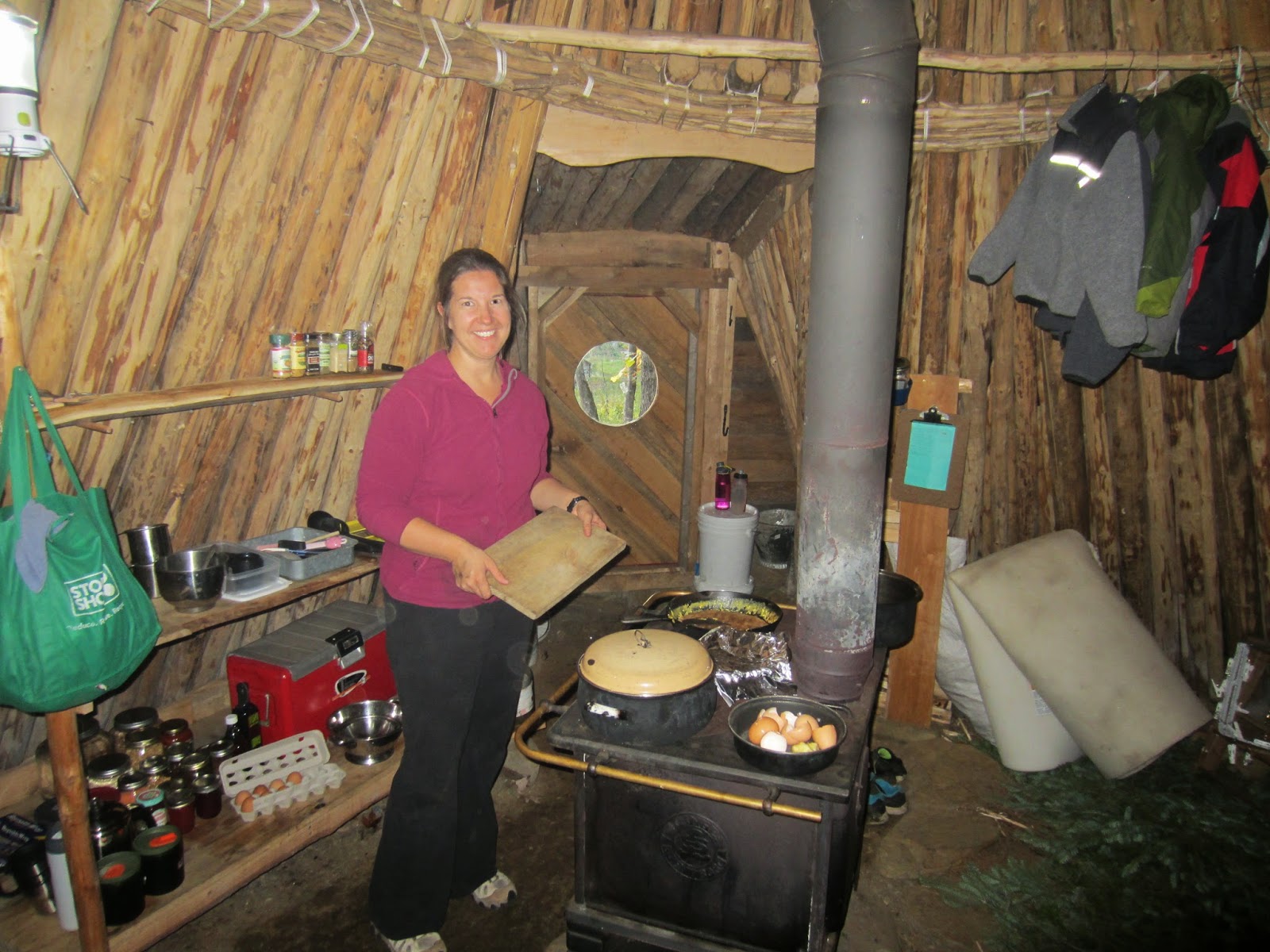You’ve seen our unique living quarters and the beautiful property we’re inhabiting during our two-month stint at Koviashuvik Local Living School. But what do we do here?
Monday through Friday our family greets the morning with the other residents here and discusses the tasks for the day. Usually our teacher Chris guides us through a bit of weather forecasting by reading the signs of the sky before sharing an appropriate plan. The majority of what we do is specific to the season.
On our first week here, we went for a leaf harvest. That’s right, we traveled to neighboring properties to rake up leaves and load them into a pickup truck.
By stomping the leaves down after each tarp full, we could get half a ton of leaves in the rigged truck bed before taking them back to a leaf composting pile at Koviashuvik. And then we repeated. Evidently, these leaves will be used as a soil amendment to the gardens in the Spring as they are rich in nutrients found only deep in the soil where the trees’ roots can reach.
Over the course of several other days, we foraged for and processed one of the staple foods for winter residents here: acorns.
Acorns are a rich protein and fat source that can be turned into flour through a process of drying, cracking, water-separating, leaching, grinding, and sifting.
 |
| Cracking. |
 |
| Water-separating. |
 |
| Sifting. |
We’ve learned here that food can be acquired for very little money provided you’re willing to invest the time into the process. Garden food fits that category too. Some foods like potatoes grow, harvest, and store relatively easily.
 |
| Potato harvesting. |
Other foods like beans take a bit more work to grow, train, pick, thresh, winnow, and dry before they’re ready for storage.
 |
| Picking beans. |
 |
| Threshing in grain sacks. |
Similar to feelings we had when living with our host family in Guatemala, we’re appreciating how much goes into basic food needs. The emphasis at Koviashuvik is local. It’s hard to get much more local than the acorns falling at our feet. What a gift from the oak!

















